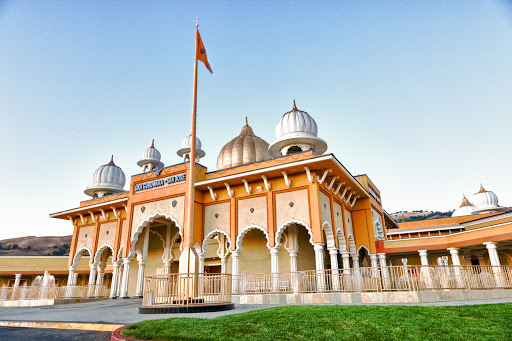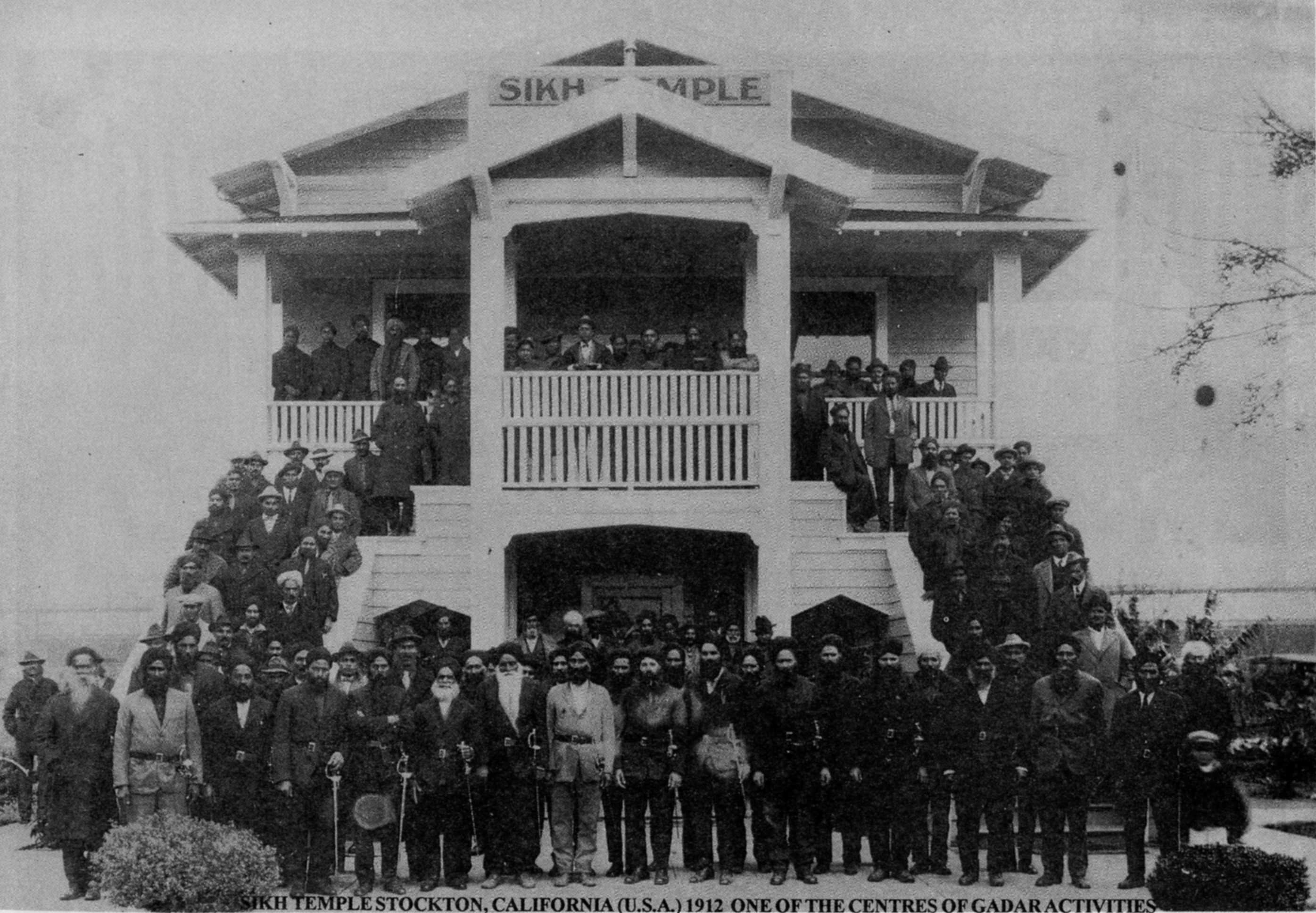When talking about any religion or culture, it is easy to understand the basic values that are adhered to, but it is very hard to understand the roots and reasoning behind most of them. These are questions that were asked of a high school student I know after making a presentation about the Sikh religion in a high school classroom. The answers are based on my own understanding of the Sikh faith and may not be complete, satisfactory, or even completely accurate. I ask for forgiveness in advance if any of my answers are incorrect or unacceptable in any way and welcome open discussion. More to follow.
1) What is the
difference in appearance between Sikhi and other Indian religion followers such
as Muslims? When do you have to go to the temple? – Lindsey
Lindsey, great questions. I’ll answer them
in two parts.
The difference between a Sikh and members
of other Indian religions is that Sikhs wear turbans and do not cut their hair
(including facial and body hair). This is the most visible way of telling if
someone is a Sikh. Most Muslims in USA and other Western nations do not wear a
turban. Yes, we have seen videos of Osama Bin Laden wearing a turban, but if
you look closely, he trims his mustache and beard and the turban style is quite
different from the styles a Sikh would wear. The turban is a Sikh’s crown, it is tied daily
with great love and care and not just a piece of cloth wrapped our heads. The
turban used to be a cultural piece of attire in many Indian cultures, but most
people of other Indian cultures only wear the turban during ceremonies, Sikhs
wear their turban every day.
Most Sikh temples—called Gurdwaras—are open
7 days a week, 24 hours a day. The doors are open for anybody who is seeking
shelter or food. Gurdwaras are open to people of all cultures, religions, skin
color, and gender. Because of busy lifestyles, most people usually try to go to
the Gurdwara on Sundays; this means you will see more people at the Gurdwara on
Sundays than on other days of the week. However, one may go to the Gurdwara any
time. The word “Gurdwara” means House of God and is therefore open to all
without restriction.
 |
| Sikh Gurdwara in San Jose, California |
2) Do the women have to wear turbans as well? Is there any part in life where cutting hair is permittable? Do modern Sikhs still have Singh or Kaur in their last names? – Zach
Zach, whether women must wear a turban is
a fact that is debated even in the Sikh community. Some women choose to while
others choose to cover their head by wearing a scarf in a bandana-like fashion.
I personally believe that women should wear a turban because Sikh women are
equal to men in every sense. I take it to mean that if men are required to wear
a turban, women should not fall behind in terms of equality in that manner. I
am a Sikh woman who wears a turban. It is my crown and it helps me stand out in
crowds, just like the turbans my Sikh brothers wear. I like standing out and am
proud of my Sikh identity. There is no designated age that one must begin
wearing a turban. Sikh means student, we learn about God, the world, and
ourselves on a daily basis throughout our lives. The decision to wear a turban
rests solely on the individual—I began wearing a turban when I was ready,
nobody forced me and I think most Sikh men and women will tell you the same
thing.
Sikhs should not cut their hair at any
time. If someone does cut their hair, they will be forgiven and given as much
support as needed when they make the decision to come back to the Sikh
religion. Nobody will punish the person for cutting their hair.
Modern Sikhs still use Singh and Kaur as
last names. Some may use other last names that are linked to family origins. However,
most Indian last names are rooted in the Caste System. Since Sikhs do not believe
in the Caste System, the last names are a way of establishing equality yet
again and empowering all individuals by giving men the courage of lions (Singh)
and women the high status of princesses (Kaur).
3)Why did Sikhs go
to California first? How did the first two Sikhs get to America in the 19th
century? Why do they have an orange flag over their temple? - Deena &
Christian
Deena and Christian, I do not know the
exact answer to your question about Sikhs immigrating to the United States.
This is what I found on Wikipedia:
Sikhs have been a part of the American populace
for more than 130 years. Around the start of the 19th century, the state of Punjab of British
India was hit hard by British practices of mercantilism. Many Sikhs
emigrated to the United States and began arriving to work on farms in
California. They traveled via Hong Kong to Angel Island,
California, the western counterpart to Ellis Island in New York
Harbor.
"Some Sikhs worked in lumber mills of Oregon or
in railroad construction and for some Sikhs it was on a railway line, which
allowed other Sikhs who were working as migrant laborers to come into the town
on festival days."
 |
| Stockton Sikh Gurdwara 1912 |
The first Sikh Gurdwara in the United States was built in Stockton in 1912.
The orange flag in front of Sikh temples
is called Nishaan Sahib. It is a marker of religious sovereignty and is in
front of Sikh temples so that people will know that there is a Gurdwara there.




No comments:
Post a Comment